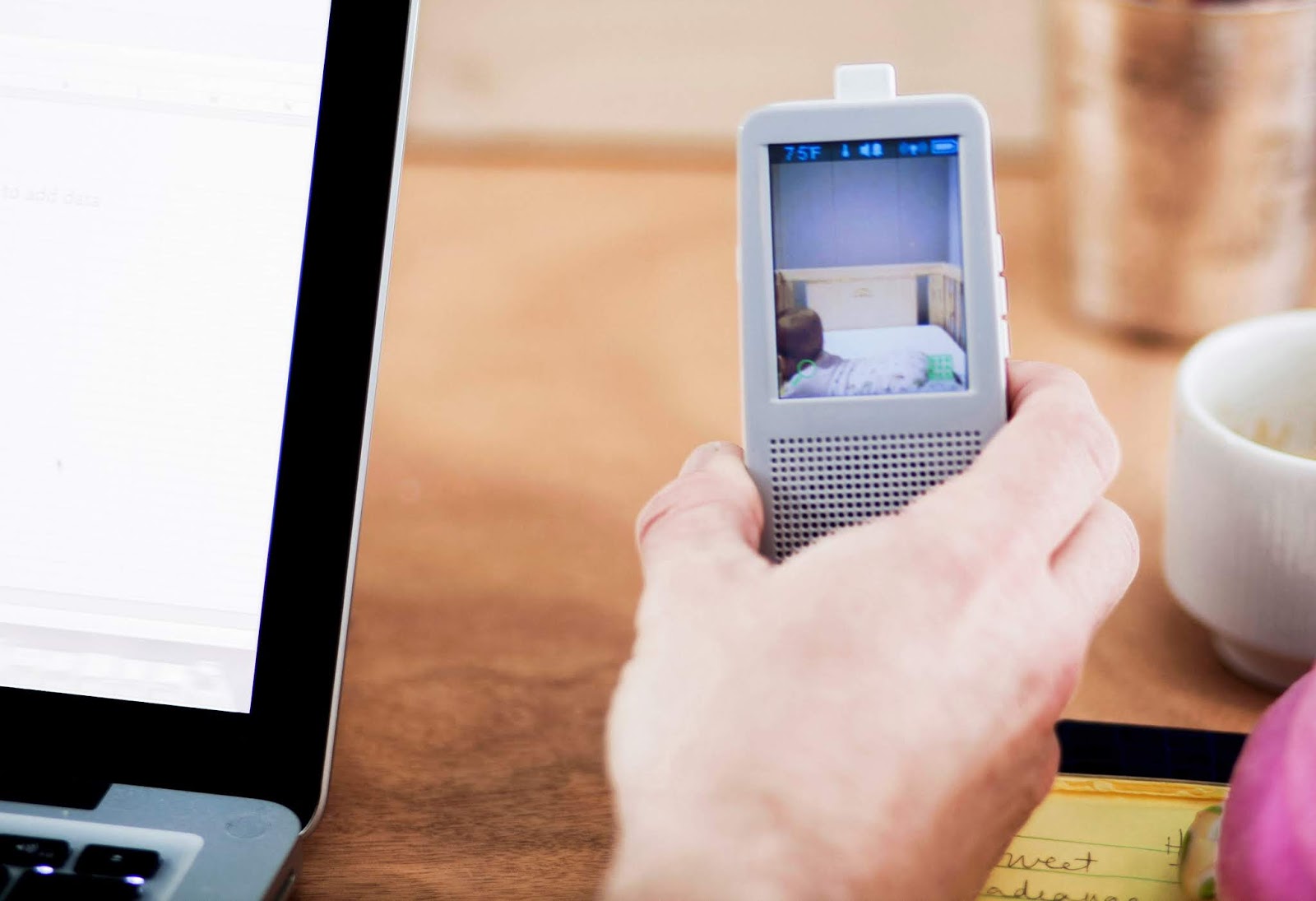Bolster Your Security By Adding a Password to Your WiFi
You must be aware that changing passwords from time to time is
essential with regards to security. Open wireless networks are very unsafe, and
hijackers and cybercriminals can misuse them. For this reason, setting up a
password for the wireless router is a must. Factory set default passwords are
available on the internet, therefore create a new and unique password for your
Wi-Fi.
Let’s go through the steps for adding a secure and robust WiFi
password.
Step 1: Accessing the wireless router.
Usually, this can be done using the setup CD of the wireless
router. However, you can also access the router remotely over the internet. For
accessing the router from the browsing software, just input the router address
in the URL space. A regular router address will have a string of numbers.
- If possible, try accessing your router via a computer that is
hooked up to it using an Ethernet cable. Users who access the router using
Wi-Fi will get logged out when they try to alter the settings, and they
will have to connect the network again and sign in again to make any
changes.
- Usually, the username and password are set as admin by default.
If it isn’t the case, then confirm it with the manufacturer.
- If you cannot remember the passwords after you changed it, then
just long-press the Reset button, and then enter the default login
credentials.
- If you cannot find the original documents, then you can check
the router on the internet to get the default Internet protocol address
along with the default login credentials.
Step 2: Locate the wireless settings or security settings.
Depending on the router you use, navigate to either wireless
settings or security settings. If you cannot find it, then just look it up on
the internet.
Step 3: Choose the encryption option.
A majority of wireless routers come with several encryption
types. So just click on the drop-down next to Security and choose an option.
WPA2 is an extremely secure type of encryption for Wi-Fi.
Step 4: Select AES as the encryption algorithm.
If you have selected WPA-2 Personal as the type of encryption,
then click on the drop-down menu next to WPA encryption and choose AES. AES or
Advanced Encryption Standard is one of the most secure algorithms for WPA
encryption.
Step 5: Key in the password and SSID.
SSID, an abbreviation for Service Set Identifier, refers to the
name for your Wi-Fi network. You will have to key in the password. Just select
your wireless network, and enter the password.
Make sure that the password is robust and contains a combination
of special characters, lowercase, uppercase letter, and numbers. You can use
any Password Manager or password generator to create and securely store the
password.
Step 6: Save the wireless security settings.
In the end, click on the Save or Submit button to make the
changes effective. After that, just refresh the wireless router.
When the router fails to refresh automatically, then you need to
power off the router and wait for a while before powering it back on.
Bradon Wilson is
a self-professed security expert; he has been making the people aware of
the security threats. His passion is to write about Cyber security,
cryptography, malware, social engineering, internet and new media. He writes
for Norton security products at norton.com/setup.
Source : security


Comments
Post a Comment